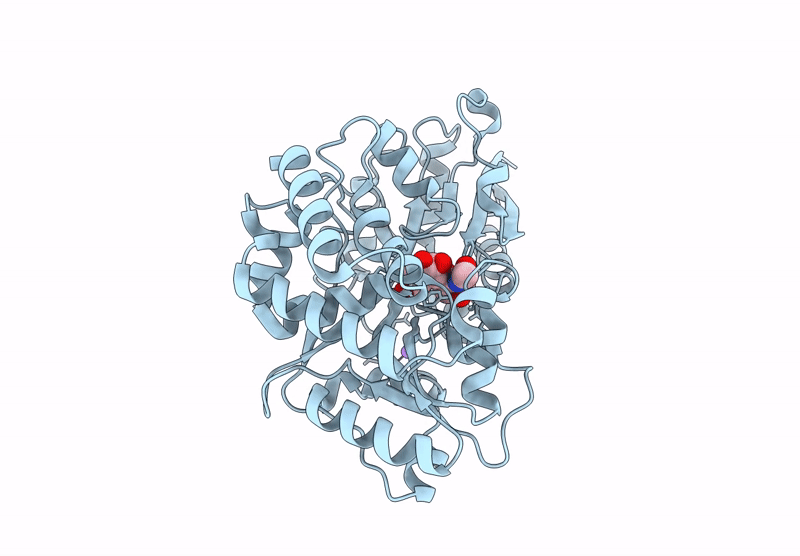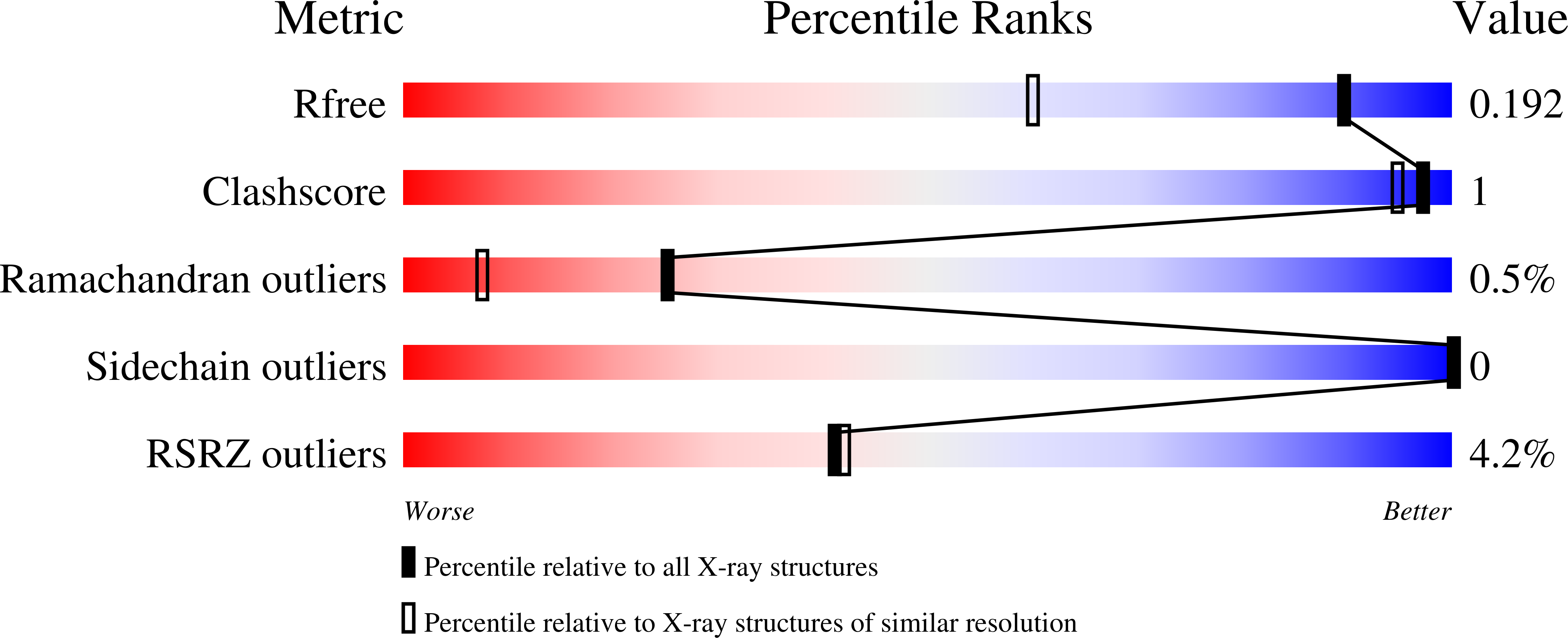
Deposition Date
2024-10-08
Release Date
2025-07-02
Last Version Date
2025-08-27
Entry Detail
PDB ID:
9H0N
Keywords:
Title:
Fucosylated Lacto-N-biose binding protein from Bifidobacterium longum subsp. infantis in complex with Galacto-N-biose
Biological Source:
Source Organism:
Bifidobacterium longum subsp. infantis (Taxon ID: 1682)
Host Organism:
Method Details:
Experimental Method:
Resolution:
1.40 Å
R-Value Free:
0.19
R-Value Work:
0.16
R-Value Observed:
0.16
Space Group:
P 21 21 21


